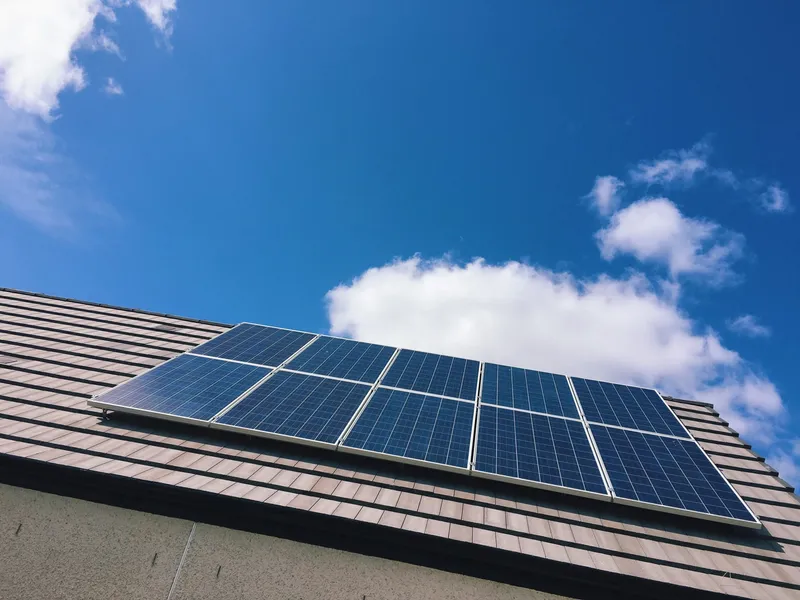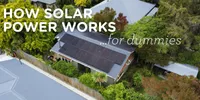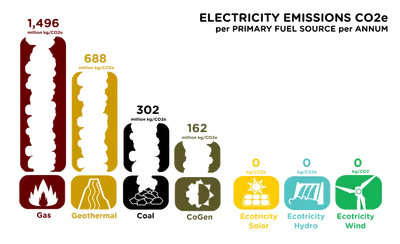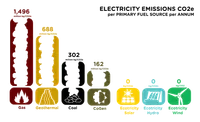How solar panels work (and are they viable)
02/12/2019

Here at Ecotricity, we’re excited about the possibilities for solar as a renewable energy source to help power New Zealand. That’s why we offer the country’s leading price plans for those who are already on-board with solar.
If you’re interested in solar, it’s good to understand exactly how your panels work, and whether solar is a viable option to help reduce our dependence on fossil fuels.
How do solar panels work?
It’s pretty simple, really. Solar panels work via the photovoltaic effect, which was first discovered in 1839 and means ‘light into electricity.’
A solar cell is made from silicon or cadmium telluride or another semiconductor. When the sunlight hits the cell, it charges the electrons so they produce enough energy to create an electrical current.
That current is then fed into the electrical grid or stored in batteries until it’s needed.
Are solar panels a viable renewable energy source?
The answer is, “Yes, but…”
Solar panels were once so expensive their only use was for powering NASA space probes. Over the years the technology has become more accessible and the price has dropped – it used to cost $4USD per watt. Now it’s $0.80c.
At the same time, concerns over the environmental impact of burning fossil fuels for energy have made renewable energy attractive on a large scale. Solar initiatives have made the installation of panels for individual households affordable and simple.
However, the sun doesn’t shine all the time. During the winter months, sunlight hours will be shorter, and cloud cover will reduce the effectiveness of your panels. Added to this, the time when we use the most energy is in the evening – when the sun has disappeared. For this reason, solar panels provide an irregular power source that needs to be stored and supplemented with other renewable sources.
In 2014 the International Energy Agency reported that the dropping price and improved technology of solar vs the rising fuel costs will make solar a viable alternative. They believe that by 2050 solar will be the world’s leading source of electricity. With government subsidies and innovation investment, it could go even further still.
Solar energy isn’t the single answer to our problems. But it’s part of the solution. Find out more about solar in New Zealand and how you can get your home hooked up.







